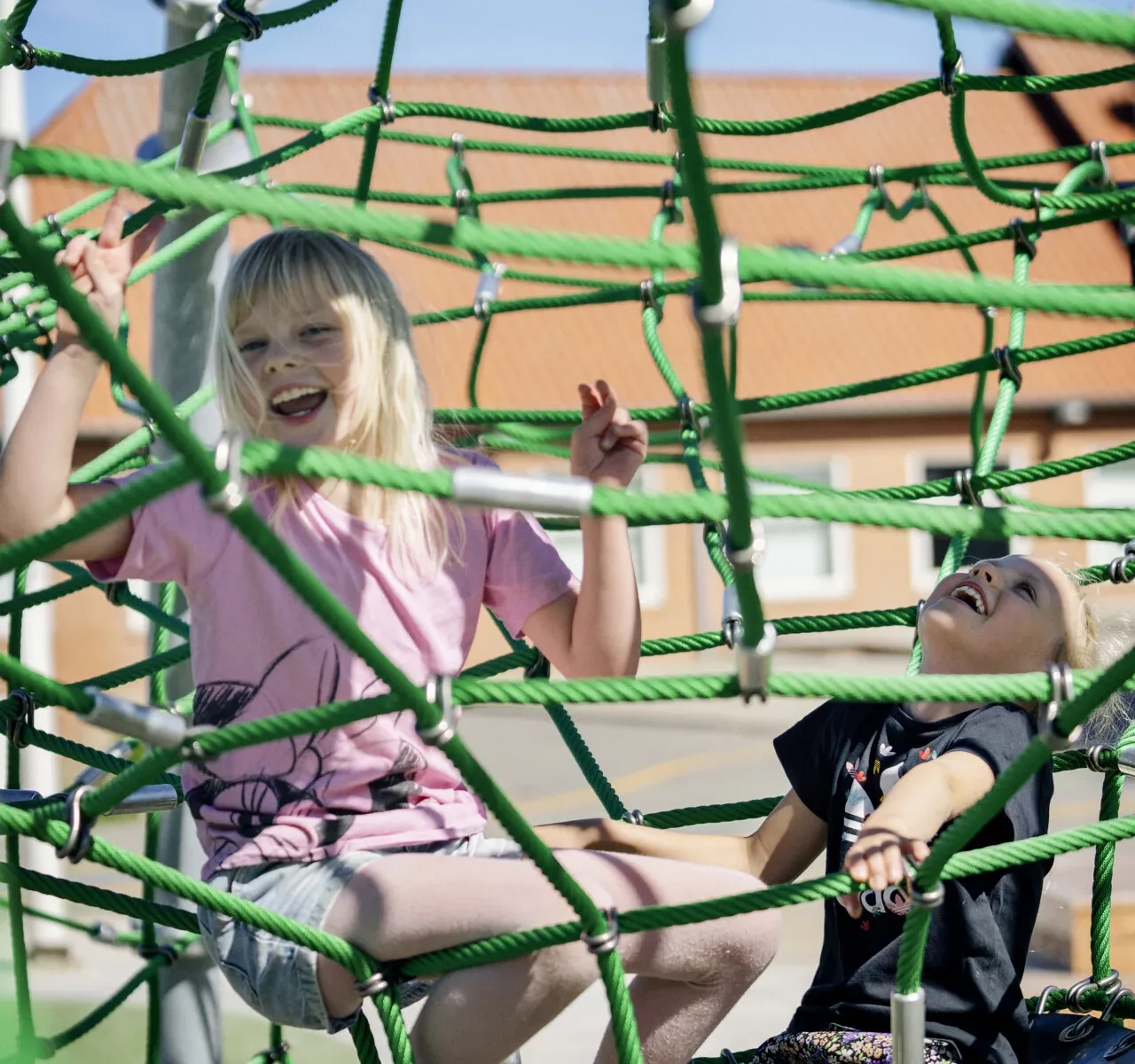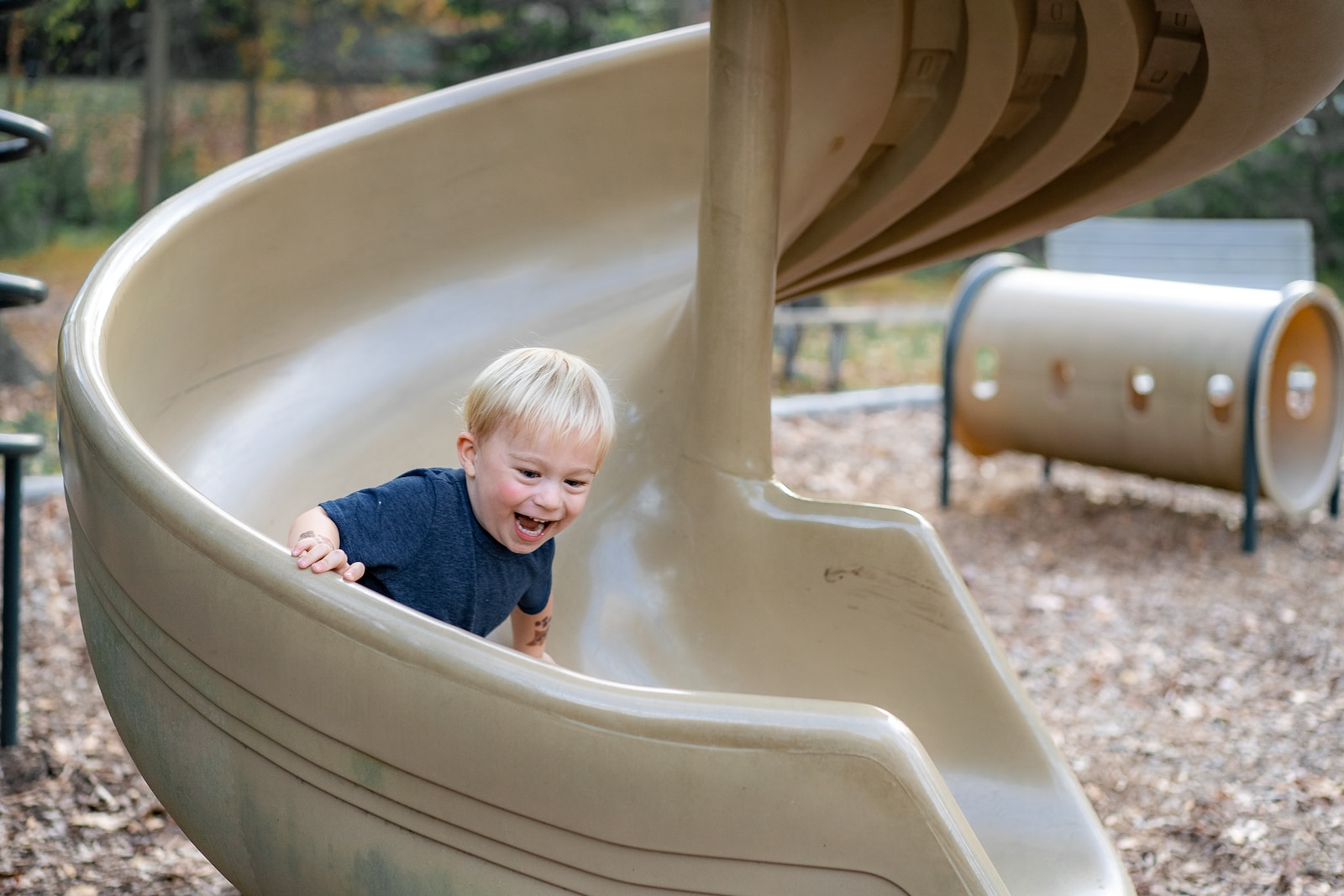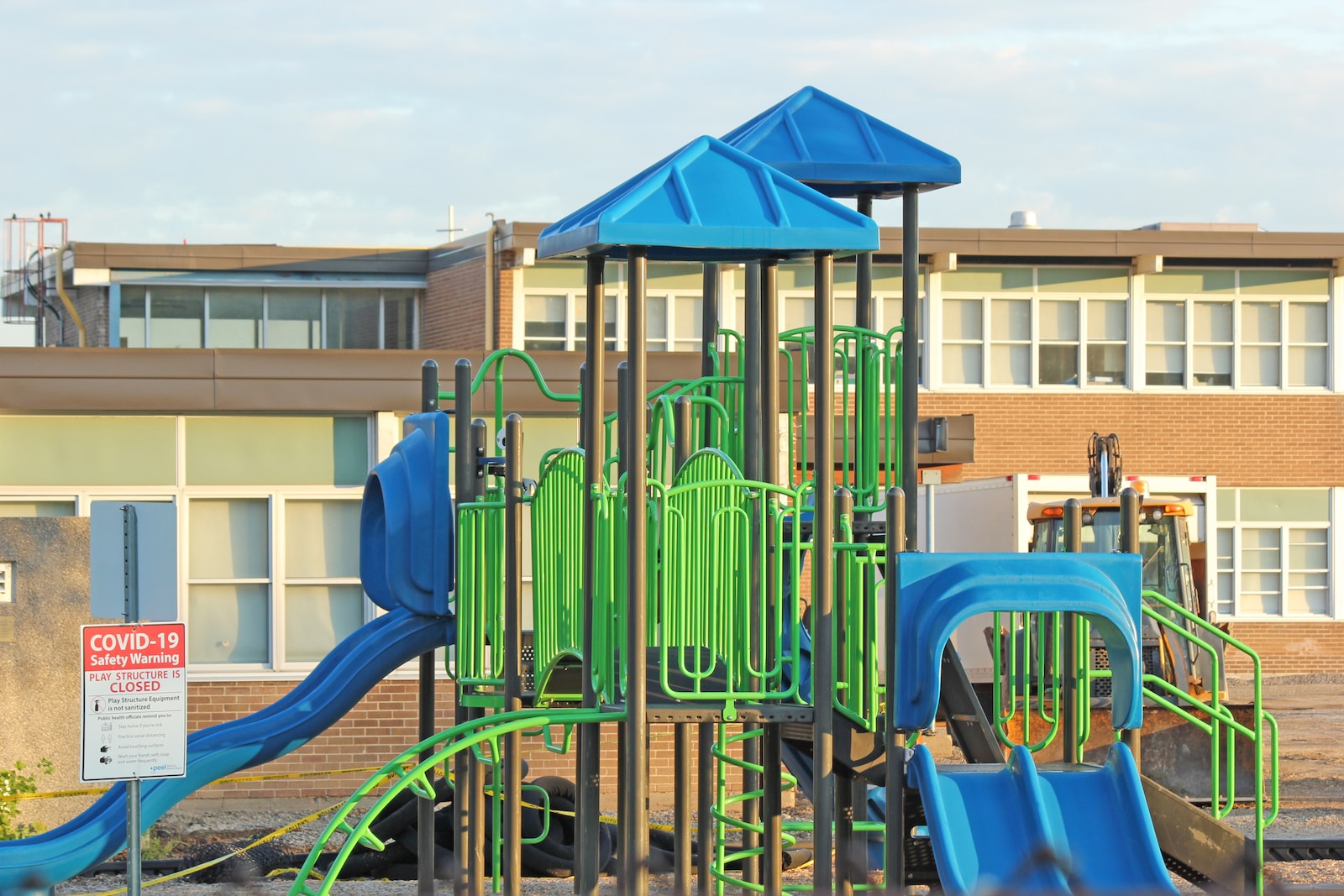Abstract
Background: Active outdoor play is important for children’s health and development, and playgrounds provide good places for play. However, the importance of playground use for health and well-being is unclear. Our scoping review aims to create an overview of all research on playground use and health benefits for children.
Methods: Scopus, Web of Science, SportDiscus, and PsycInfo were searched using two search blocks, focusing
on ’playground’ and ’children’ respectively, for publications from 2000 to November 2023. The primary inclusion criterion was examining the relationship between playground use and positive physical, mental, or social health outcomes. Only papers published in English were reviewed. For each publication, we synthesized and condensed the results, categorizing them by playground setting, reported health outcome, participant age group, study design, methodologies, publication’s country, year, and ‘stage of evidence’.
Results: Data from 247 studies were extracted and nearly 80% of these publications were descriptive or exploratory studies. Fifty-two were intervention studies. Adding playground markings to schoolyards led to increased physical activity. Greening schoolyards had mainly positive effects on social and mental health. In Early Childhood Education and Care, renewing play structures had a positive effect on physical activity in three publications. All Public Open Space interventions we found were different, with mixed effects on health outcomes.
Conclusions: The existing evidence provides good arguments for policy makers, city planners and school-leaders
to invest in adding playground markings in schoolyards as this will likely result in more physical activity. The evidence for the health benefits of investing in new play structures indicated that tailoring the playground to local needs is important as ‘one size does not fit all’ and playgrounds need to be designed as engaging and interesting places for children’s play if they are to generate health benefits. Investing in ‘greening’ playgrounds is likely to result in social and mental health benefits for children, but does not always result in more physical activity.
The research field needs more efficacy and effectiveness studies, and in particular replication and scale-up studies to demonstrate which type of playground interventions are successful.
Protocol: The review protocol was registered at Open Science Framework (https://doi.org/10.17605/OSF.IO/UYN2V).
Keywords: Playgrounds, Health benefits, Physical activity, Motor skills, Mental health, Social health
Journal: International Journal of Behavioral Nutrition and Physical Activity
Year: 2024



